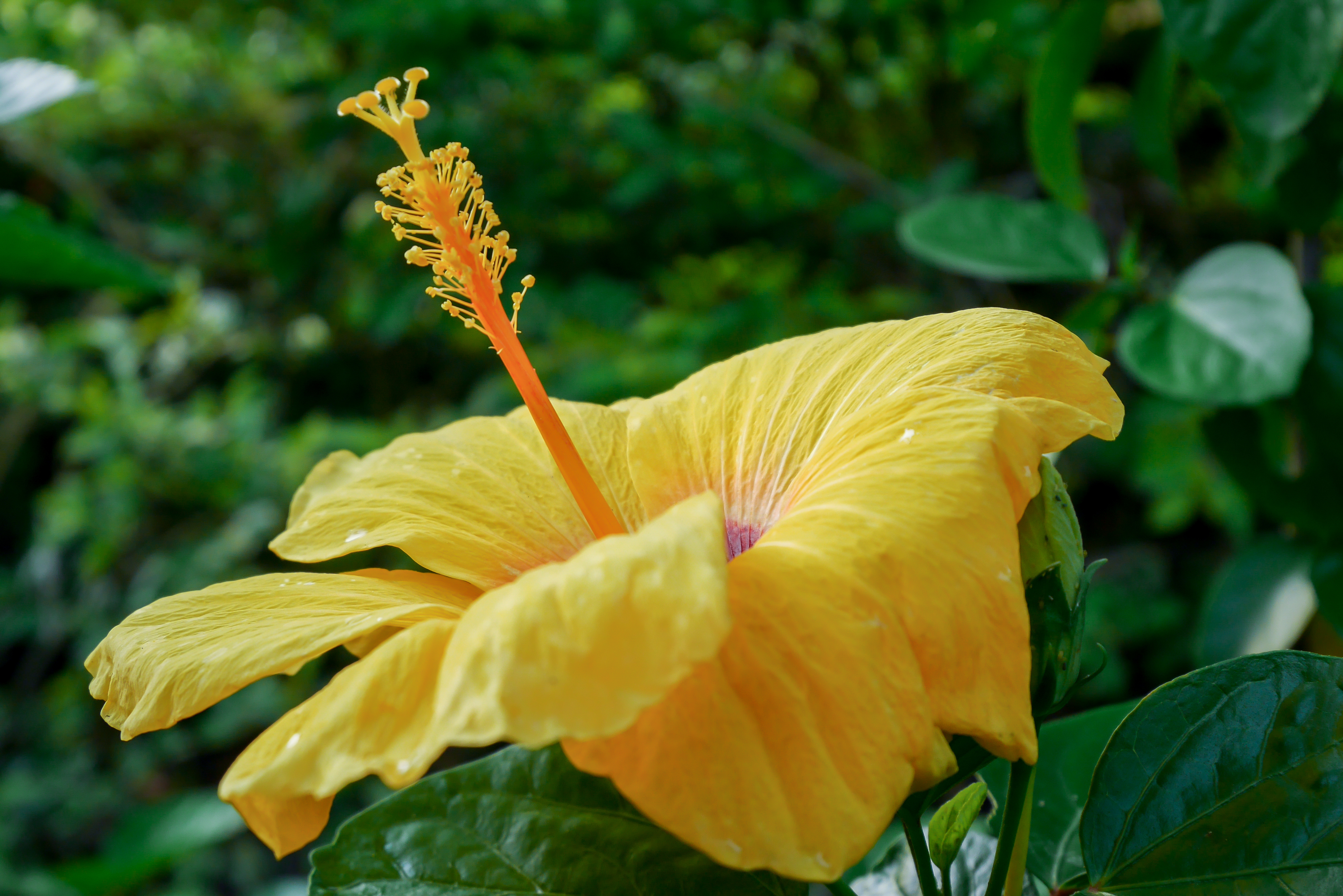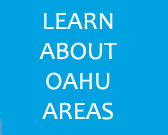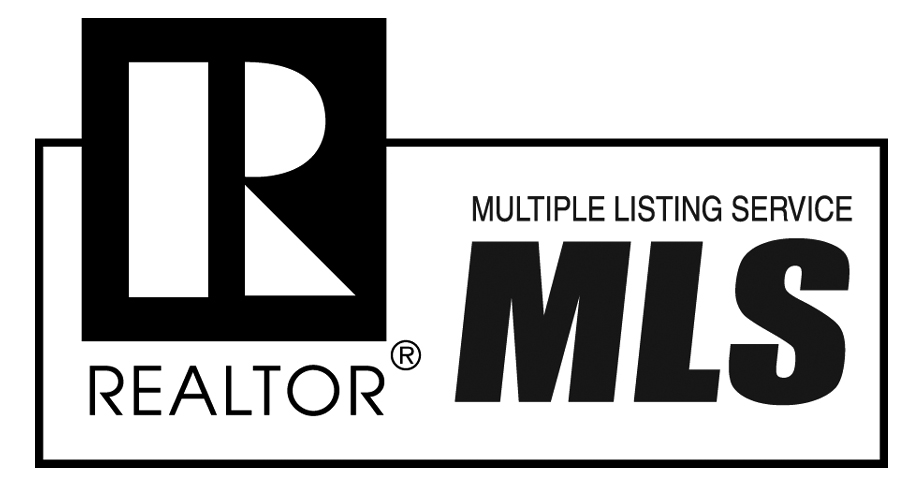Your Ideal Hawaii Home | Book Review
 Thu, March 21, 2013 by
Thu, March 21, 2013 by  By Yvonne Ahearn (B), Realtor-Broker
By Yvonne Ahearn (B), Realtor-Broker I ordered the book, Your Ideal Hawaii Home, Avoiding Disaster When Buying or Building in Hawaii, by Tyler and Chris Mercer, from Amazon, and read the whole thing cover to cover in just over 1 hour, while sitting by the pool on Staycation. It is 124 pages of unusually large text. Then I read it again. It got decent reviews from its initial readers, but I was pretty disappointed. I was looking for a book I could recommend to my clients moving to Oahu, with a balanced overview of buying in all of Hawaii, and this definitely is not it.

The first thing you should know about this book. A lot of what is in this book is NOT APPLICABLE or NOT VERY ACCURATE if you are moving to Oahu, Hawaii. Oahu is the most populated island of the Hawaiian island chain. As a result, the vast majority of people moving to Hawaii, will be moving to Oahu.
What the authors of this book seem to know about is Hawaii Island (aka the “Big Island”); not ALL of the Hawaiian Islands, but mainly the Big Island. They’ve lived there and seem to have owned several properties there. I have not lived on the Big Island, though I’ve visited many times, and I have no reason to doubt anything they have to say about the Big Island. So if you are thinking of moving only to the Big Island of Hawaii, this might be a good, albeit short, read. Otherwise, I’d skip it..
In fairness to the authors, they do disclose up front, in the description on Amazon, that they have only lived in two places on the Big Island and in one place, in Waikiki, on Oahu. However, their liberal use of the word Hawaii throughout the book, without specifying whether they mean all of the State of Hawaii or just the Big Island of Hawaii is confusing and can be misleading.
Besides Oahu, I’ve also lived on Maui and have spent a lot of time on Kauai. Kauai is barely even mentioned in this book, and Maui is a LOT different than the Big Island. As is Oahu. And Oahu should not be judged by a small pocket of Waikiki. On Oahu, there are rural areas, and many other small and medium sized towns and unincorporated cities and suburbs, not just one big city. You can get anything you want, in terms of nature, environment, city living, suburbia, seclusion, and lifestyle, on Oahu. As a real estate broker, I’ve sold property all over the island of Oahu and each area is very different and has different great features, and also, its own challenges. This book leaves readers with an unfairly bad impression of Oahu.
The authors spent some time in Waikiki (seems like a short time) and, putting it nicely, it sounds like that time was not a highlight of their lives. As a real estate broker, I can tell you that there are some that would agree with the authors, but there are many more that would not. A lot of what a resident will experience in Waikiki will depend upon the exact block where they own or rent. It appears that the authors were in a very bad location … for them. This should not color everyone’s view of living in Waikiki, but merely serve as a warning to be careful to check out your surroundings and the activity, day and night, before you move in to any place you are considering, city or country. Many people, including clients and many friends, LOVE living in Waikiki and do not live in places where there are obnoxious, drunk tourists or college students keeping them up at all hours every night. Likewise, in a more rural setting, depending where you are, you can be miserable with roosters crowing every morning. In a suburb in Hawaii, you also can be in front of a noisy bus stop. It is important to adequately check out wherever you plan to live.
The second thing you should know about this book is that it reads like a personal account of the authors’ life in Hawaii, versus a balanced review of the experiences of many. In my opinion, a more balanced review of many people’s experiences would be the most helpful information to the readers of a book like this who wish to build or buy a home in Hawaii. I appreciate the anecdotes, which add a bit of interest to the reading, but I do not believe that everyone or even the majority of people moving to Hawaii will have the same experience as the authors. My experience, having lived in both upcountry Maui … Makawao, in Haiku, and in Kailua, Oahu, is VERY different. I could certainly tell you more about my personal experiences in these places, but my experiences will not apply to everyone.
Not only will your life in Hawaii vary based upon where you live in Hawaii, but it will vary based upon where YOU COME FROM and your own attitude. I personally, do not find broad generalizations about how “haoles” are treated to be helpful or accurate. A lot of an individual’s experience is based upon his or her own attitude, behavior, and culture. Also, it is not entirely clear whether the authors came here as retirees or empty nesters, or as parents of young children. My guess is the former. A lot of what one’s experience in Hawaii will be like relates to how integrated they become in the Hawaiian culture, and raising children here (or not) and what stage you are in, in your life, can affect that immensely, as well.
Lastly, where the authors seem to again trip themselves up a bit is in the area of legal intricacies of purchasing and owning property in Hawaii. They give a broad overview of an issue or two you might face in purchasing property in Hawaii, but these personal accounts are by no means comprehensive or enough to “avoid disaster.” There are many more “disasters” which could happen in purchasing property on Hawaii that are not even mentioned here. Only a very experienced REALTOR and/or real estate attorney, familiar with the area in which you are going to live, could truly prepare you in a book like this for the potential disasters you might face in buying or building in Hawaii. Neither of these authors have those credentials or the broad experience to advise anyone on the vast array of pitfalls or things to look out for when purchasing real estate in Hawaii.
On a positive note, I DO like how the authors describe, in Chapter One, the various house types and how specific Hawaiian house styles are better adapted to the various microclimates we have in Hawaii. I tend to agree with a lot of what they say in this Chapter (pages 5-15). They also seem to have some good insights on building a new home, though from what is stated here, it would be much different to build on Oahu than it would be on the Big Island.
Buying a House in Hawaii is generally covered in pages 29-31, 4 pages … not much meat here. Though, a brief mention of some important issues on zoning and Hawaiian land ownership, applicable to buying a home in Hawaii, is in Chapter Nine (pages 101-113). Some of these concerns are applicable mainly in rural areas on neighbor islands, but a problem here could result in a complete loss of your real estate investment.
Most of the rest of the book (approx. 100 pages) very generally covers a few other things, which I will sum up here in a few paragraphs.
1. Hawaii can be wet, or it can be dry, or anything in between. Wet means that plants grow very well. It also means that if you choose to have a lot of plants on your property, in a wetter area, you will have to either spend a lot of time maintaining your yard or hire a good gardener, so the plants and trees do not get out of control. This can be a big issue on big acreage. Plants create a lot of debris, as well. There is an overly large section on managing plants on your property in this book.
2. Besides healthy, huge plants, wetness causes things like mold, decay, and rust. You will have to maintain your house, taking into consideration the moisture and salt air, and it will be more maintenance and expense than in less wet areas of the mainland.
3. Hawaii has a warm tropical environment that feels great to us and also feels great to a variety of bugs and pests. Sometimes, we get LOTS of bugs, particularly in rural areas. This includes termites that eat wood, ants, roaches, mosquitoes, and centipedes. There are also geckos that poop in our houses, but they eat bugs and are considered to be good luck. There can also be rats. I had an infestation of carpenter ants in my house once and honey bees colonized in my shed. In our old house, mice took over the garage when I left a bag of bird seed there. Annoyances to your self and damage to your home from insects and pests need to be prevented and also, treated, from time to time, no matter if you live in the city or the country.
4. On the Big Island, there is a lot of VOG, which is volcanic gas that is in the air from volcanic activity, which can cause discomfort, allergies, and respiratory problems. Sometimes the winds brings VOG into the other islands too, to a lesser degree. We get this sometimes on Oahu and on bad days, my eyes and nose burn from it. VOG is not good. The VOG issue, as it relates to the Big Island, is not given enough time in this book.
5. Check your attitude at the airport when you leave the mainland. Most people in Hawaii are not interested in your ego, your resume, your rank, the chip on your shoulder, or keeping up with the Jones’. Don’t look down on people that are different than you are or who have less money, live and let live, be a good neighbor, remember the Golden Rule, and you will do fine here. There are people of all cultures and colors here in Hawaii. In my experience, ALL PEOPLE, including Haoles (Caucasians), are welcomed. The rude, bad apples are few and far-in-between and there are just as many, if not more, jerks and racists on the mainland.
6. Living in Hawaii is expensive. Electricity is particularly expensive. But you may not need heat or air conditioning, depending upon where you live and how your home is built and situated. Building materials are also expensive. Everything is shipped in. You might save a little on clothing costs or health care costs … maybe. Hawaii is a relatively healthy and happy place to live.
7. Purchasing real estate can be little different here than buying in a cookie-cutter subdivision on the mainland. Parts of Hawaii have active volcanoes and there is a lot of ocean and beach frontage. There are also a lot of hillsides. Rocks can fall and mud can slide. Many homes are old and in ill repair. We may occasionally have natural disasters, such as hurricanes and tsunamis, and more frequently, we have heavy rains and winds. Heavy rain can cause flooding in some mountainous or hilly areas, not just near oceans and rivers.
Hawaii did not become a state until 1959 and some of the governmental records and systems, including those for building permitting, are a little bit archaic. Many improvements (buildings, additions, fences, etc.) were built without permits or are non-conforming to modern building codes. The land here was originally owned by the Hawaiian monarchy and things were a little different back in the day. Some Hawaiian properties remain that are leasehold and not fee simple ownership. Many real estate transactions in Hawaii are very straight-forward, but some are not.
BOTTOM LINE:
Get a GOOD REALTOR, you will need one. Hire a real estate attorney, if warranted by the nature or circumstances of the property. And make sure you get the appropriate inspections, a survey, and purchase title insurance. YOU WILL BE FINE.
I also do highly recommend a book called The Hawaii Home Book. It covers in more detail a lot of important house-related issues regarding Hawaii Life.
All information on this site is believed to be reliable but is expressly not guaranteed. Blog Posts by various authors are the opinions of the author only and do not necessarily reflect the position of Home Shoppe Hawaii or other contributors. This blog does not give legal or tax advice and readers are encouraged to check with licensed professionals for advice on any specific topic and to verify any information herein. Questions? Please contact Yvonne Jaramillo Ahearn at 808-721-8088.
in Books On Hawaii Topics,
Books On Hawaii Topics,  Buying a Home on Oahu,
Buying a Home on Oahu,  Hawaii Book Reviews,
Hawaii Book Reviews,  Hawaii Life,
Hawaii Life,  Oahu Information & Tips
Oahu Information & Tips
 Email Article
Email Article  Print Article
Print Article  buying a home in Hawaii,
buying a home in Hawaii,  buying a home on oahu,
buying a home on oahu,  hawaii life,
hawaii life,  hawaii lifestyle,
hawaii lifestyle,  hawaii living,
hawaii living,  living in hawaii,
living in hawaii,  living in oahu,
living in oahu,  living on oahu,
living on oahu,  moving to hawaii,
moving to hawaii,  moving to oahu Comments Off
moving to oahu Comments Off  Permalink
Permalink 







